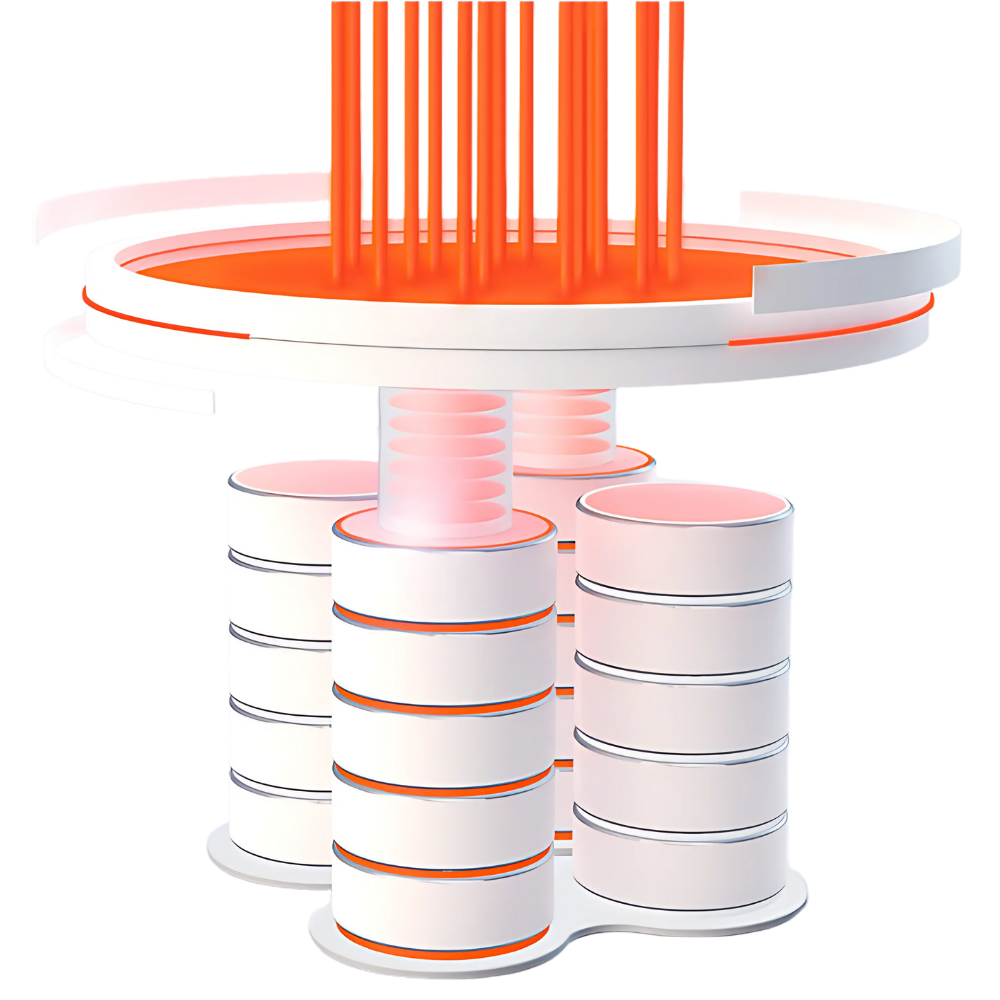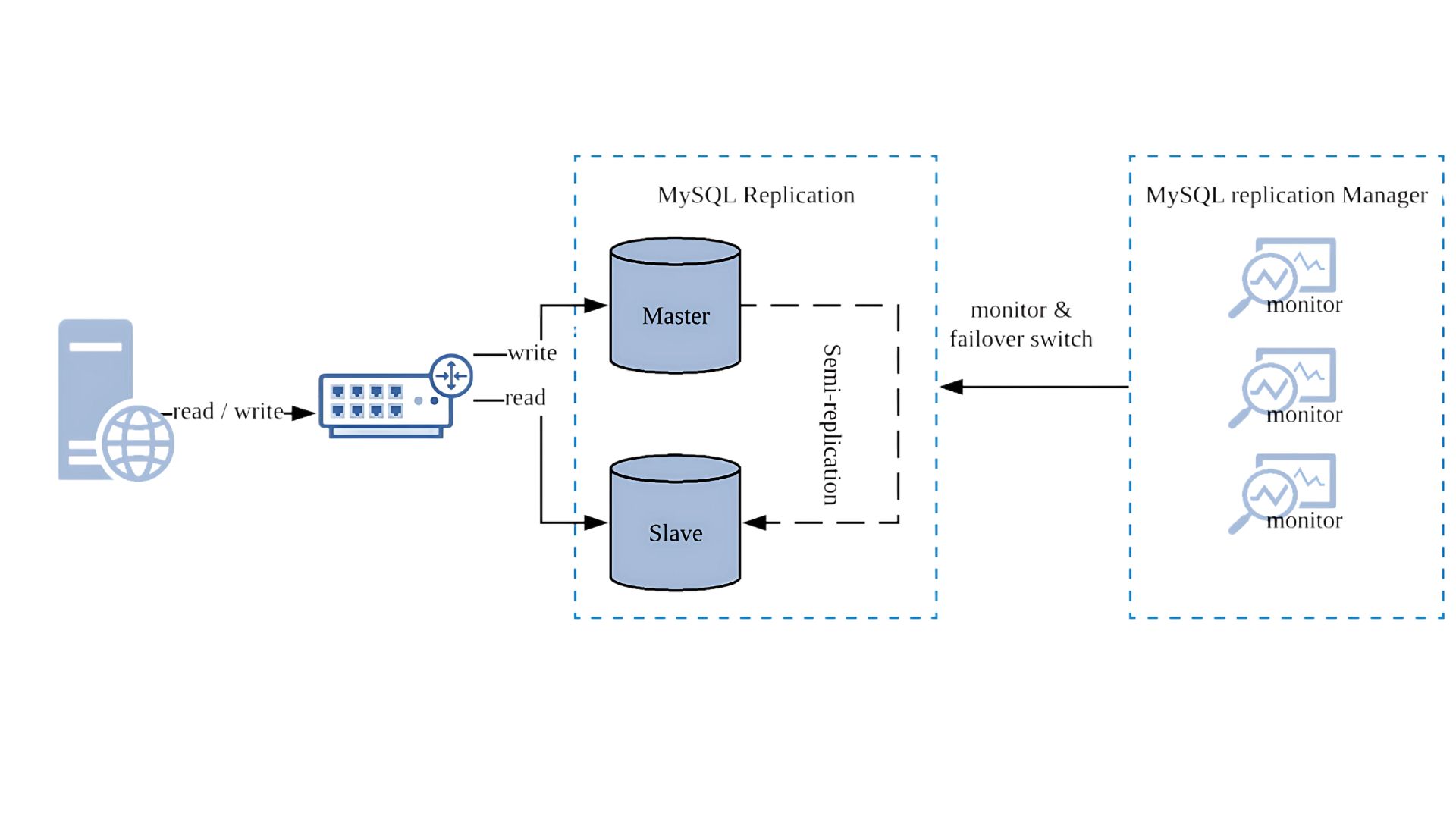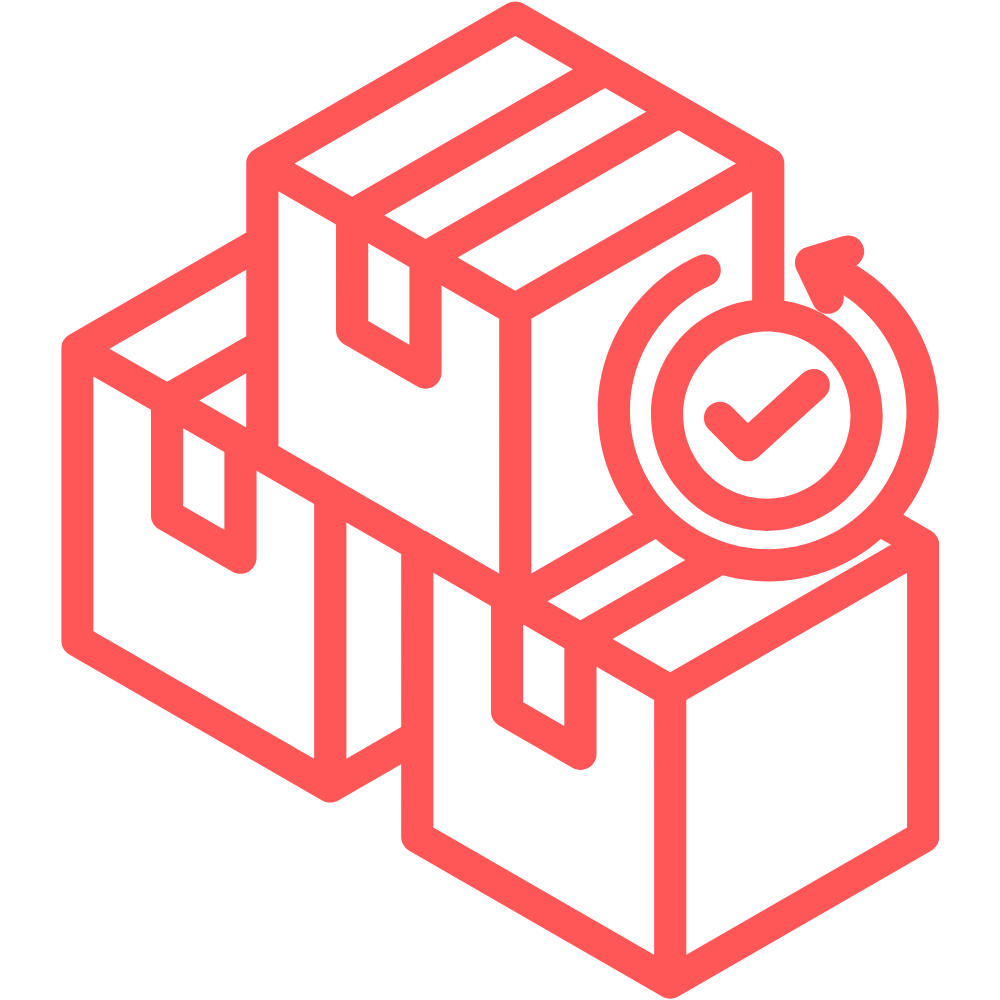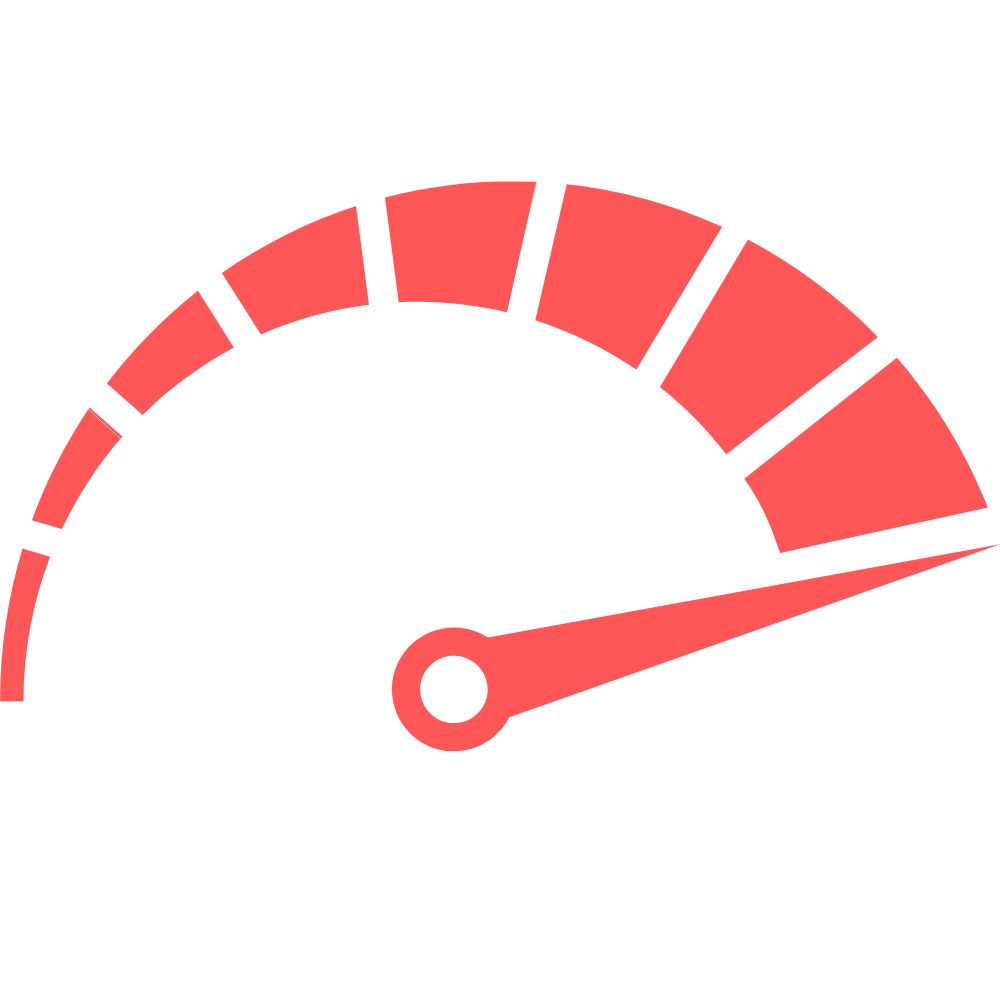


Primary-Secondary Architecture
Dual-node setup prevents single points of failure and ensures service continuity.
Automatic Detection & Recovery
Real-time monitoring detects failures and completes failover within seconds. The standby node automatically takes over without requiring client-side changes.
High-Availability Connection
Built-in connectors ensure high-availability links to avoid service disruptions.
Data Backup
Automatic daily backups retained for 7 days free of charge. One-click restoration is supported. Users can customize backup frequency and strategy.Tip: Binlog is retained by default for one month. For binlog requirements, call 400-810-5300.
Data Recovery
Supports cold recovery from backup sets and hot recovery to any specific point in time, enabling flexible data rollback.
Data Redundancy
Redundancy through read-only instances and full backups enhances reliability.

Primary-Secondary Architecture
Dual-node setup prevents single points of failure and ensures service continuity.
Access Control
IP whitelisting restricts access to authorized devices only.
Account Isolation
Resources and databases are isolated between accounts for enhanced security.

Read/Write Separation
Read requests are automatically routed to the secondary node, write requests to the primary node, increasing QPS and concurrency.
Resource Isolation
Each service instance has dedicated memory and compute resources.
High Intranet Bandwidth
Ensures sustained high QPS and low latency.
.png)
Flexible Billing
Pay-as-you-go hourly pricing with the ability to release instances anytime to save costs.
Instant Activation
No need for hardware or software purchase—create RDS instances via the console in minutes.
Elastic Scaling
Start with smaller instances and scale up or down based on business needs, optimizing both performance and cost.
Each RDS instance uses its own dedicated resources—no multiple instances on the same physical server—ensuring consistent performance and security.
On-demand, pay-as-you-go pricing with instant activation and the ability to scale instance specifications up or down based on business needs.
Automatic failover completes within seconds in case of failure, ensuring business continuity without manual intervention.
Multiple RDS instances can be accessed through a single IP with different ports, reducing the consumption of customer VDC IP resources.
Delivers higher operations per second (OPS) and lower latency to meet demanding application performance requirements.
Configure RDS instance parameters directly via the management console.
Some parameter changes may require an instance restart, causing only second-level business impact.
Access and review operational logs by time period through the console to diagnose issues.
View slow query logs to identify and optimize performance bottlenecks.
Secure authentication via username and password.
IP and IP range whitelisting for risk control at the network access level.
Start with smaller RDS instances and scale up as your business and database needs grow.
Configuration changes impact the business for only a few seconds during adjustments.
Supports both manual and automatic full physical backups.
Users can trigger backups anytime or set up automated backup strategies based on business needs.
System Resource Monitoring: Tracks CPU, memory, disk, network, and IOPS.
Service Monitoring: Monitors connections, ROW_DML, COM_DML, InnoDB I/O, InnoDB logs, temporary tables, TPS, and QPS for real-time diagnostics and optimization.
No client-side configuration required; simply connect via provided IP and port to enjoy automatic read/write separation.